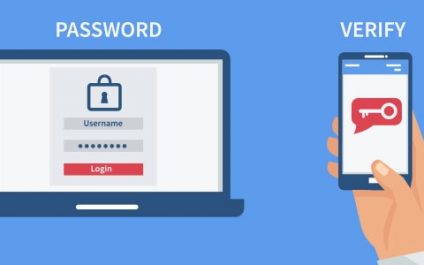Encouraging staff to work from home is extremely vital in the midst of the COVID-19 outbreak. By minimizing social interactions and contact risks, you can reduce the spread of the virus. But be warned. Transitioning from a fully managed business environment to a home office can leave you vulnerable to cyberattacks and online scams.
9 Cybersecurity terms you need to know
Cybersecurity is everyone’s responsibility. But you don’t need to be an IT expert to know how to protect yourself from a cyberattack. To help you get started, here are helpful terms you need to know so you’re not left in the dark, whether you’re teaching yourself how to update your anti-malware, updating your systems, or […]
Tips to monitor employee activities online
There are a lot of pros and cons when it comes to monitoring your employees online. We’ve put together an honest and transparent list of arguments for and against this practice. And if you decide it is something you want to pursue, we’ve provided some tips for a smooth implementation process.
Multi-Factor Authentication Part II: No Passwords?

Last time in this space, I discussed why businesses should be looking at Multi-Factor Authentication (MFA) to protect themselves, and why MFA is a far better protector of your online identity than just a password. I also promised to report on a new type of "password-less" MFA that Microsoft is now rolling out to its business Office 365 customers.
Think your password is secure? Think again
A password policy designed for federal agencies must be secure, right? Surprisingly, that hasn’t been the case, according to the National Institute of Standards and Technology (NIST). The NIST created many of the password best practices you probably loathe — the combination of letters, numbers, and special characters — but it now says those guidelines […]
Not all hackers are cybercriminals
Newspaper headlines and Hollywood movies have shaped our understanding of computer hackers, but in the real world it’s not so simple. Some hackers are making massive contributions to the field of cybersecurity, it just depends on which hat they’re wearing that day.
Why All Businesses Should Implement MFA – (Part I)

Passwords Are Terrible Protection
For most of us, nearly all the "stuff" we have access to online - I'm talking about years' worth of emails, our company's servers, files on cloud services, online shopping accounts - is protected by a username/password combination, probably a poor one if statistics are any indication.
Secure your Mac computer in 6 easy ways
If you’re a Mac user, data privacy and security should be your #1 priority. Without the right security measures, you’re inviting cybercriminals to steal your critical data. Are you willing to take the risk? Secure your computer and fortify your defenses with these six tips.
Don’t let hackers fool you with these tricks
The volume of malicious cyber attacks is increasing every year. Although many companies use the latest network security systems, they aren’t immune to the hackers’ favorite strategy — social engineering. Unlike malware, social engineering tricks people into volunteering sensitive data.
IT policies to protect your business
Employees are one of your biggest security holes. There is no foolproof prevention method for human error, which is why employee mistakes are one of the most common causes of a security breach. To reduce potential risks, we’ve suggested a few IT policies you should implement to protect your business.
